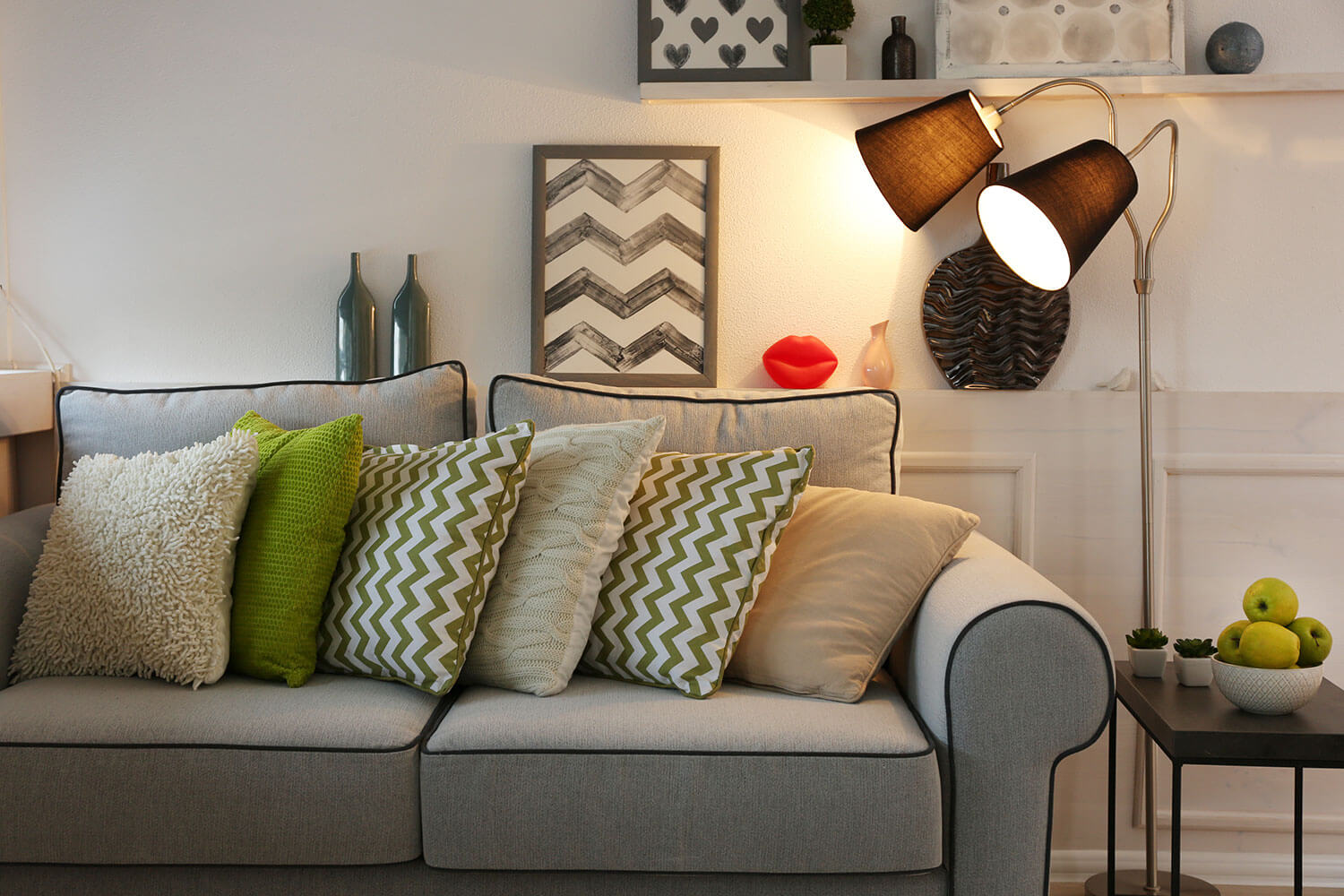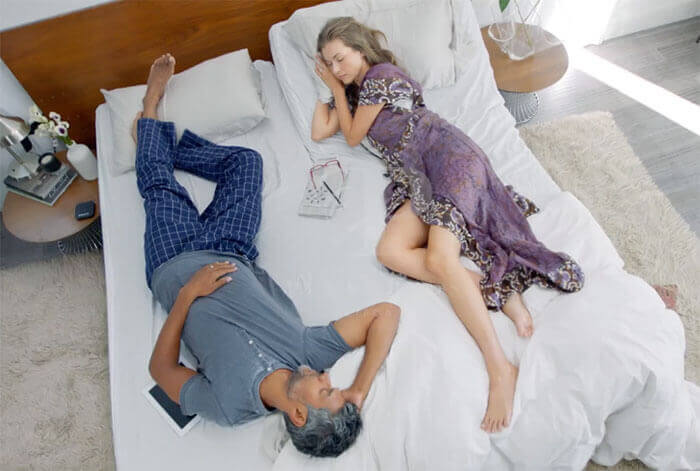Power Saving Lighting Tips
Tips for Choosing Natural and Organic Light Fixtures for Your Home
Choosing natural and organic light fixtures is a simple yet impactful way to create a sustainable and eco-friendly home. Lighting not only enhances the ambiance of your space but also plays a significant role in your environmental footprint. From the materials used in fixtures to the energy efficiency of the bulbs, every decision matters in reducing your impact on the planet.
Traditional incandescent bulbs, for instance, waste 90-95% of their energy as heat, with only a small fraction converted into light. When you consider the number of bulbs in the average home, this inefficiency can add up quickly.
The good news? Switching to natural and organic light fixtures paired with energy-efficient options like LEDs or CFLs allows you to save on energy costs while contributing to a greener, healthier planet. With the right knowledge and a commitment to sustainability, you can transform your home’s lighting into a positive force for the environment.
What is CFL?
Tips to Go Green With Your Light Fixtures
CFLs are one of the most significant additions to the “green” lighting industry. Compact florescent bulbs, or CFL’s are a special type of light bulb designed to use less energy than traditional bulbs.
Originally, these bulbs came in a swirled pattern, but now that make them in all shapes and sizes. These bulbs cost more than traditional incandescent bulbs and use about ¼ of the energy as traditional bulbs. They also last much longer than standard bulbs—typically around 10,000 hours.
Don’t be turned off by the higher price of these bulbs. After about 500 hours of use, they pay for themselves, and after that you are only saving money. One of the other great perks of these bulbs, is that they release far less heat than standard light bulbs—meaning you are spending less on cooling the home in the summer.
These bulbs are easy to find. In fact, may cities even give thee bulbs away for free, due to their energy saving capabilities. Wal-Mart even has a current energy-saving initiative to sell 100 million of these light bulbs as part of their effort to help the planet. This is also one of the best places to find these bulbs at an affordable price.
Why Go LED?
LED lights have become a favorite among energy-saving enthusiasts, thanks to their exceptional efficiency and durability. LED stands for Light Emitting Diodes, a technology that allows these bulbs to consume significantly less energy while offering a longer lifespan. Although they are still relatively expensive compared to other options like CFLs, their popularity is growing rapidly as prices continue to decrease.
LEDs use up to 80-90% less energy than traditional incandescent bulbs and can last up to an impressive 100,000 hours. They also light up faster and more efficiently than regular bulbs, making them a practical and eco-friendly choice for households and businesses alike.
As a groundbreaking innovation in energy efficiency, LED lights have even garnered prestigious recognition, such as the Millennium Technology Prize awarded to their inventor. While they represent a higher upfront cost, the long-term savings and environmental benefits make LEDs a worthwhile investment for those looking to reduce energy consumption and embrace sustainable living.
What Else Can You Do to Make Your Lights Even More Eco-Friendly?
The first thing you should do when trying to make your lights more eco-friendly, is to replace your bulbs with LED or CFL lights. If you have old or outdated recessed lights in the home and in your lamps, you should also replace them with new lights that will cost less energy. You should also make sure that you are only using lights in the room that you are in.
This is a simple and quick fix but one that can really help you save money over time. Turning off the lights is a simple way to save you money, but it can also drastically decrease the amount of carbon dioxide we put into the environment.
Why Should You Unplug Your Chargers When Not in Use?
When you think about how many chargers you have in your home, you may be surprised by how many plugs and cords you have sticking out of the outlets in your home.
Laptops, tablets, wireless headphones, smartphones all need chargers, and most of us leave these chargers plugged in at all times so they are ready for use. However, keeping these chargers plugged in at all times can actually cost you a lot more money than you may assume. There is a thing known as “vampire power” which relates to the amount of power that a device uses when it is in standby mode and when you aren’t using it.
The first thing you should do is make sure that you are unplugging your devices once they are done charging. Finally, you should make sure that when your chargers aren’t being used at all, that you unplug them from the wall. This little extra effort can help prevent you from wasting a lot of energy and ultimately help save you a lot of money year after year.
Motion Sensors or Dimmers Help Save Energy
Motion Sensors or Dimmers Help Save Energy
In addition to switching out your bulbs, you should also consider motion sensor switches or light dimmers. Both of these accessories are designed to help control the amount of light that you are using and are practical and affordable solutions for your home that can help save money and energy.
Motion-sensing light switches will turn the lights on in the room when it detects any motion. Once they no longer detect motion, the lights will turn off. This is a great solution for those who often forget to turn off the lights in a room when they are no longer using it. While not all rooms are good candidates for these lights, they are a really great option for bathrooms, closets, guest rooms and storage rooms.
These light switches can be used to replace your current switches in your home and are an easy home improvement project that can really save you money down the line. Dimmer switches are another easy swap out for your existing light switch. These dimmer switches cannot only help you create the right ambiance in your home by allowing you to adjust the brightness of your lights, but they allow you to actually manage the amount of energy that your lights are using.
Additional Buying Dimmer Switch Tips:
Dimming your lights can save energy and over time these energy savings can really add up. Here are some tips on buying the right dimmer switch and dimmer bulb for your home.
If you are using LED bulbs, make sure to buy dimmable bulbs along with a LED compatible dimmer switch. This is the best energy efficient option out there.
Always look for the “dimmable” logo when buying energy efficient bulbs.
Dimmable CFL bulbs are a good energy efficient option, although not quite as energy-saving as LED bulbs. Make sure to not only buy a dimmable CFL bulb, but a switch that specifically works with CFL bulbs as well.
If you have halogen bulbs, they are less efficient when dimmed, and a better solution is to switch them out for lower-wattage bulbs instead.
Incandescent bulbs are not particularly energy efficient, even with a dimmer—and it is a better investment of your money to get a more energy efficient bulb instead.
If you keep these tips in mind when looking for dimmable or motion-sensing switches, you can start enjoying even more energy savings.
Green Power? What is it?
If you want to know more about energy efficient lighting, then you need to know about green power. Chances are, you have heard a great deal about green power in the past—but what exactly is it? Green power is a type of renewable energy and represents renewable energy resources and technologies that provide the highest environmental benefit possible.
According to the EPA, green power is electricity made from solar, geothermal biogas, wind, low-impact small hydroelectric sources and eligible biomass. You can buy green power with confidences because creating this power comes with zero emissions and can help you reduce your carbon footprint. Think of this as the next step up above renewable energy in terms of environmental friendliness.
Help Make Our Planet Safer By Going Green With Light Fixtures
There are so many little things we can all do to help make our planet a safer and healthier place—and going green with our light fixtures, lamps and led lights is one of them. With these tips you can hopefully not only have a better understanding of what your everyday lighting is doing to the planet, but you can have a better idea of what you can do to make your lighting greener.
Karen A Mulvey is a personal social blogger and mom with 14 years of experience in the every day world of motherhood and sustainable product research. Karen is on a mission to help everyday families select sustainable, non-toxic organic products, stop stressing about uncertainties on sustainable home goods and apparel, and start living the life they’ve always wanted.
Follow Karen at @karenAmulveycs | Karen A Mulvey
















